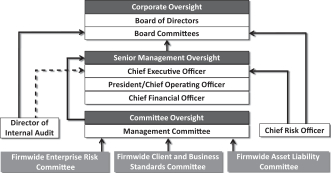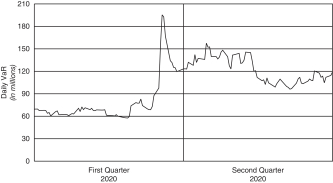Free signup for more
- Track your favorite companies
- Receive email alerts for new filings
- Personalized dashboard of news and more
- Access all data and search results
Content analysis
?| Positive | ||
| Negative | ||
| Uncertain | ||
| Constraining | ||
| Legalese | ||
| Litigous | ||
| Readability |
8th grade Avg
|
|
New words:
advisor, arose, ASUNo, backdrop, Berhad, billionin, brought, build, building, byRule, CEO, certiorari, cessation, CIE, cleaning, deceleration, dictated, distancing, enrolled, entertainment, exempt, fieldwork, forbearance, gradually, heavily, incidence, ineffective, inRule, insignificant, lockdown, medium, MSC, multivariate, muted, navigate, ofRule, onForm, onset, outset, plaintiff, progressed, progressing, pronounced, protracted, renewed, reoccur, reopen, reopening, repeat, replenishment, repositioned, repositioning, resubmit, revenuesfrom, seized, solvency, sparking, spending, strict, Subpart, suspension, TDR, theexecution, theMSC, thisForm, vast, wereprimarily, weresecuritized, weresubstantially, widespread, withRule, worse, writ
Filing tables
Filing exhibits
Related press release
Associated GS transcripts
GS similar filings
Filing view
External links

